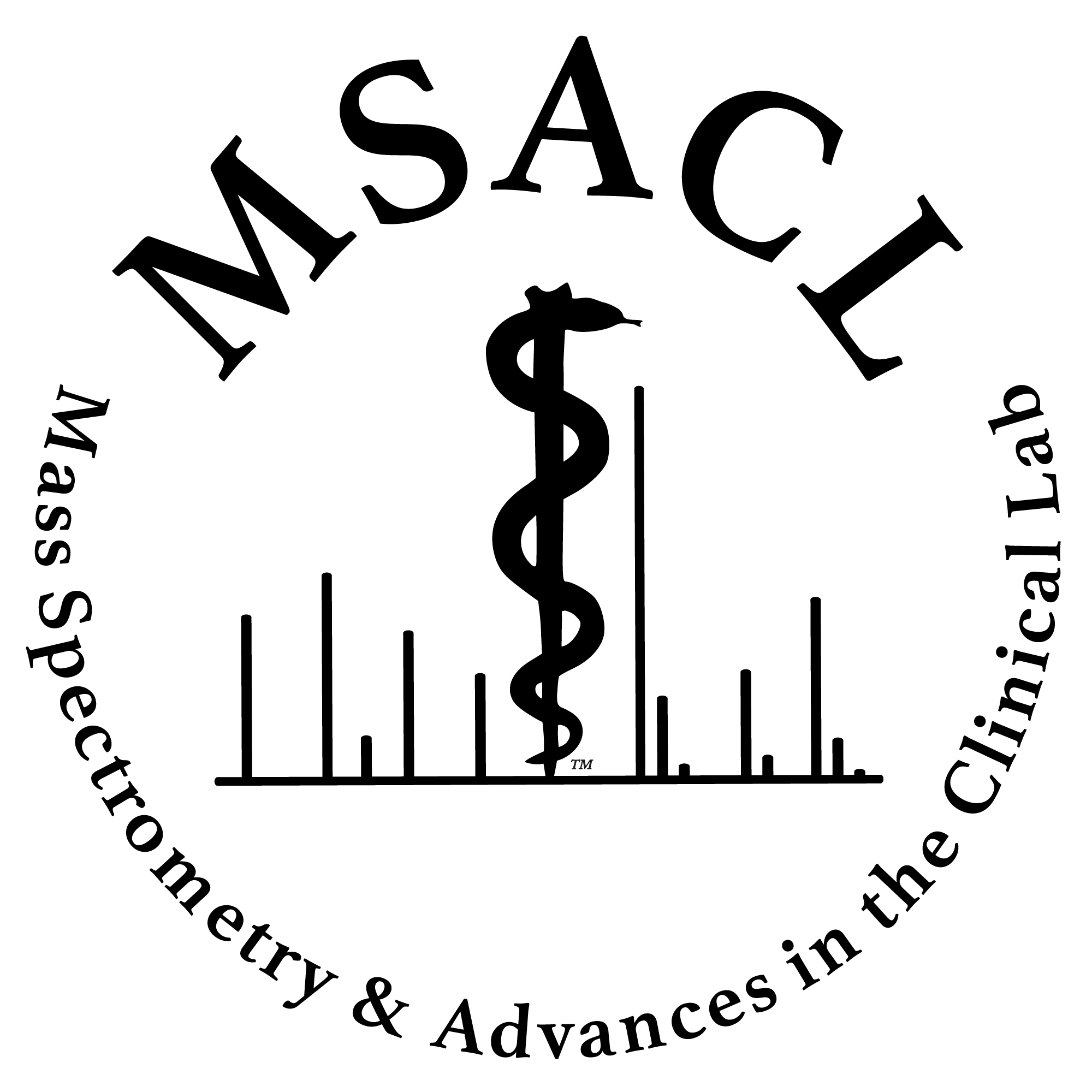|
Abstract INTRODUCTION
Newborn urine drug testing faces preanalytical and analytical challenges due to difficult sample collection protocols, low drug concentrations, and unique drug metabolites differing from those targeted by immunoassay (IA) or mass spectrometry (MS)-based methods. For these reasons, paired testing of urine and meconium is often performed . Further, the testing of meconium is also used to assess drug exposure throughout the latter half of gestation and helps with diagnosis of neonatal abstinence syndrome.
OBJECTIVE
The primary objective of this study was to evaluate concordance of drug screening results of newborn urine samples using both IA and MS-based methods with paired testing on meconium.
METHODS
The number of positive drug screen results for newborns with paired urine and meconium samples from January 2021 to October 2022 were tabulated retrospectively for two independent, de-identified datasets (n=881, dataset 1; n=2056, dataset 2). Different drug screening methods were used in the two datasets. In dataset 1, urine was screened with IA and confirmed with MS, while in dataset 2, both the screen and confirmatory testing were performed by MS. All paired meconium samples were sent to an outside reference laboratory where meconium samples were screened by IA and confirmed with MS. Common drug classes tested for in urine and meconium in both datasets include amphetamines (AMP), cocaine (COC), and cannabinoids (THC). The cutoffs for the IA urine screening method (in ng/mL) were: AMP 500, COC 150, OPI 300, THC 50. The cutoffs for the MS urine screening method (in ng/mL) were: AMP 5, COC 1, OPI 25-250 (depending on specific compound), THC 20 (as 11-nor-9-Carboxy-Δ9-tetrahydrocannabinol glucuronide). The cutoffs for meconium screening (in ng/g) were: AMP 100, COC 100, OPI 100, THC 20.
RESULTS
In dataset 1, 66 newborns screened positive for amphetamines in urine and/or meconium. Of these, 3% screened positive in urine alone, 33% were positive in meconium alone, and 64% were positive in both urine and meconium. In comparison, in dataset 2 utilizing MS, 123 newborns tested positive for amphetamines. Of these, 13% were positive in urine alone, 13% were positive in meconium alone, and 74% were positive in both urine and meconium.
For cocaine, 7 newborns screened positive in dataset 1. Of these, 0% screened positive in urine alone, 29% tested positive in meconium alone, and 71% were positive in both urine and meconium. In dataset 2, 65 newborns tested positive for cocaine and of these 15% were positive in urine alone, 14% were positive in meconium alone, and 71% were positive in both meconium and urine.
For cannabinoids, in dataset 1, 435 newborns screened positive. Of these, <1% were positive in urine alone, 66% were positive in meconium alone, and 32% screened positive in urine and meconium. The vast majority of the IA urine screens presumptively positive for cannabinoids did not confirm due to either negative confirmatory results or quantity insufficient to test. In dataset 2, 874 newborns tested positive for cannabinoids. Of these, <1% were positive in urine alone, 97% were positive in meconium alone, and 3% were positive in both meconium and urine.
CONCLUSION
Conventional urine IA screening methods may be inappropriate for urine samples from newborns. Lower cutoffs afforded by the MS approach (dataset 2) increased the sensitivity for detecting both amphetamines and cocaine, which were present in urine only for a significant number of newborns. The higher cutoffs for meconium testing may explain why the observed discordance between urine and meconium drug screen results (i.e., positive in urine and negative in meconium). Even with lower cutoffs afforded by MS, meconium was positive alone in a substantial number of newborns which may reflect drug exposure earlier in gestation or dilute urine. A large number of urine cannabinoid presumptive positive screens did not confirm. Given the poor analytical performance of screening for cannabinoids in urine, meconium only testing may be appropriate for this drug class, in combination with maternal urine drug testing.
|

